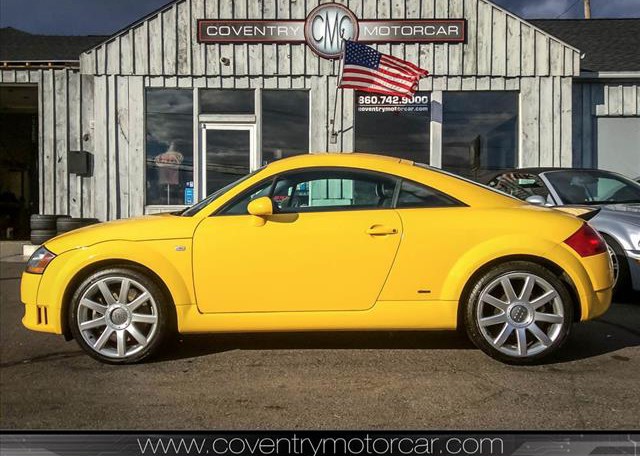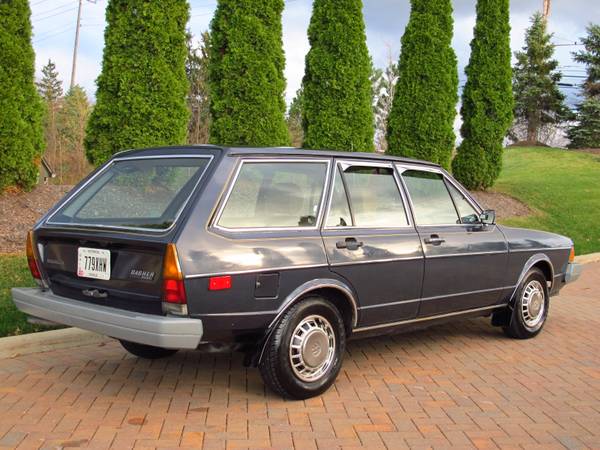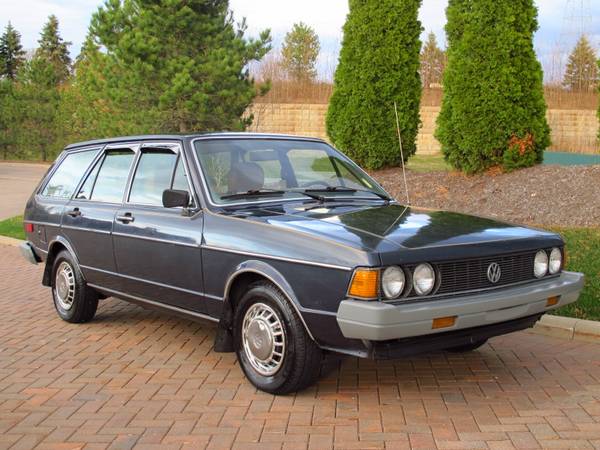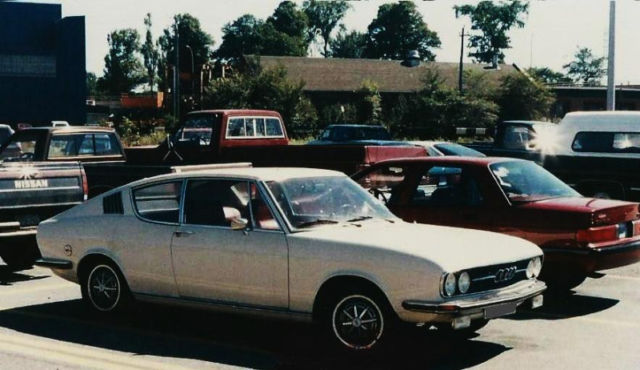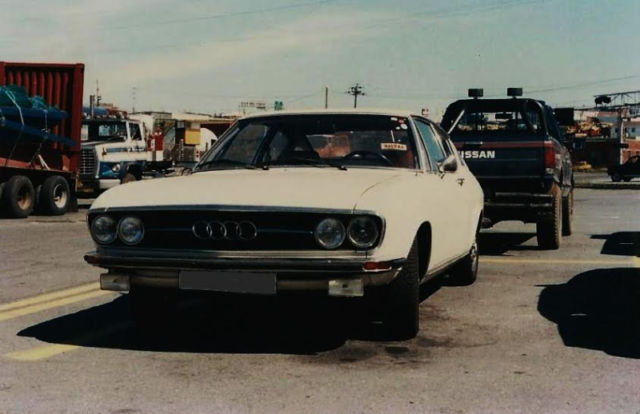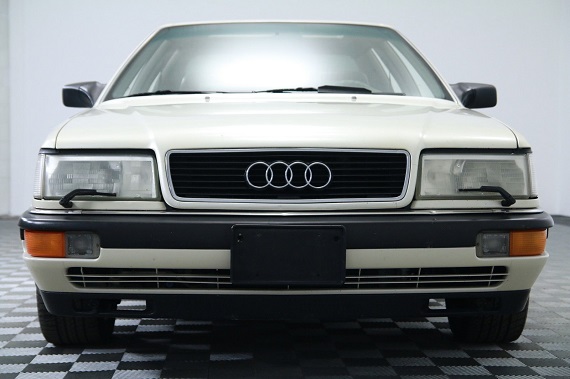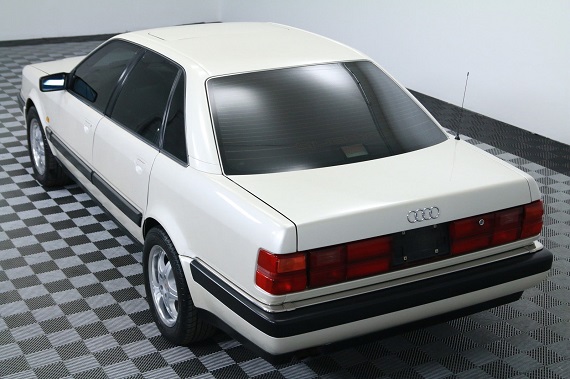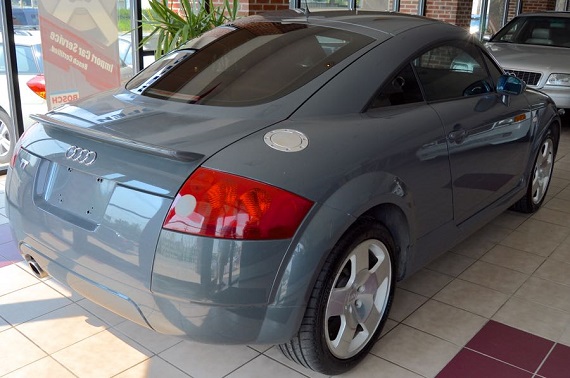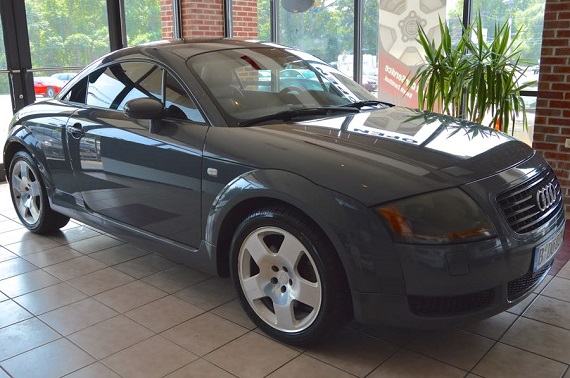Time for another Honorable Mention Roundup of the cars we just didn’t have a chance to get to this week. In addition to a few reader submissions in this edition, I found a few affordable performance options that caught my eye. Which is the one we should have spent more time on?
Author: Carter
Long before “Dieselgate” and the unceremonious admission of Volkswagen about cheating on emissions testing, Volkswagen struggled with the image of diesel. The problem wasn’t as much air pollution – there was plenty of that – but it was that diesels were noisy and slow. How slow? Well, consider today’s 1980 Dasher Diesel Wagon, whose 1.5 inline-4 mill produced a twig-snapping 48 horsepower. Despite the relative light weight at only 2,500 lbs, the Dasher Diesel literally and figuratively lacked spark as it’s near 20-second 0-60 time proved. As gas prices fell and fuel injected gasoline engines became ever more efficient (and powerful), the gap between the fuel mileage to the diesels narrowed as the perceived benefit gulf of purchasing petrol widened. However, nearly 30 years before the introduction of the “Sport Wagon” TDi, you can still see the spiritual basis for Volkswagen’s popular 5-door diesel configuration.
The other day, a gentleman pulled up to me right after I parked my Passat. He rolled down the window and asked if I liked the car, then mentioned that it was lovely. I thanked him and said that I loved the car. Sure, even over a decade on B5.5 generation Passat Variants are a dime a dozen around the streets of New England. But while the B5.5 was by far the most popular choice for German wagons in the early 2000s, it wouldn’t be possible without the B1. Styled by Giugiaro, the new chassis completely redefined the platform for Volkswagen. It was followed by the niche but popular B2 (Quantum in the U.S.), then the odd-yet-cool B3, the more traditional B4 and finally the popular B5/5.5 chassis. With some sadness, the B6 would be the last wagon form of the Passat for U.S. customers, but it went out with a bang – being offered in 3.6 VR6 with 4Motion all-wheel drive. It was about as far from the original B1 as you could get, but the mission of each was the same and they were representative of their times. “We think you’ll agree Dasher is setting new standards for roomy wagons, with elegant appointments and fittings” touted the 1980 brochure, and it’s hard to argue that for some time the Passat was the best value not only in German wagons, but perhaps in family vehicles in total. While they were loved by their respective owner pools, they were also used, and each subsequent generation is steadily becoming more infrequent to see. B5s have already started to disappear while B4s rust away. B3s are downright rare, but not nearly as much as clean B2s. But a clean B1? I’d bet you could count the number of examples in this condition remaining on one hand:
CLICK FOR DETAILS: 1980 Volkswagen Dasher Diesel Wagon on Cleveland Craigslist
1 CommentWere it not for the four rings on the front, it would be pretty easy to mistake the Audi 100 Coupe S for any number of other late 1960s – early 1970s GT cars. There’s a loose resemblance to the the second generation Mustang, for example, but a much stronger link to cars like the Datsun B210 and original Toyota Celica. Too pedestrian for you? How about the Fiat Dino, Jensen Interceptor, Ferrari 365 GTB/4 and Aston Martin DBS? Indeed, there were many coupes that shared the relative same profile in this era, though truth be told it’s not likely that you’ll mistake the Audi for a Ferrari once the curves beckon. Underneath, the Coupe S was – after all – a C1 Audi, not known to be the best drivers out there but good cars on the highway. With 113 horsepower fed in this case through a 3-speed automatic, you won’t win any drag races. However, it’s a sharp looking and rarely seen classic, with only a handful in the Western Hemisphere (there are 5 known in the U.S., for example). That makes this Audi even more rare to see on these shores than a Sport Quattro, for argument’s sake. Though it’s not as desirable, there is nonetheless a fanbase that love these very pretty early Coupes:
CLICK FOR DETAILS: 1973 Audi 100 Coupe S on Kijiji
1 CommentIt’s hard to fathom, but it’s been a full 20 years since the launch of the TT Concept design in 1995. I remember thinking that, along with the Aluminum Space Frame concept car from the year prior, it was going to be fairly unlikely that we would ever receive a production version of the slinky coupe. Styling was inspired by pre-war Auto Union record setting race cars, and inside was a revolution that hinted at some of the stellar interiors that Audis would henceforth be equipped with. It was pretty shocking, then, in 1998 when Audi announced that you’d be able to buy nearly the identical car to the show version. Initially available pre-mass production through the Neiman Marcus catalog in Christmas of that year, the first 100 Audi TTs were all identical. They were 180 horsepower front drive 5-speeds all colored Nimbus Grey with Moccasin Red baseball leather interiors and chrome 6-spoke wheels. Mostly an appearance package with no performance changes, they were nonetheless immediately collectible and in hot demand as the first of a new generation of Audis that hinted at a paradigm shift in the company:
